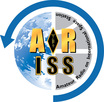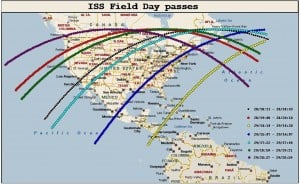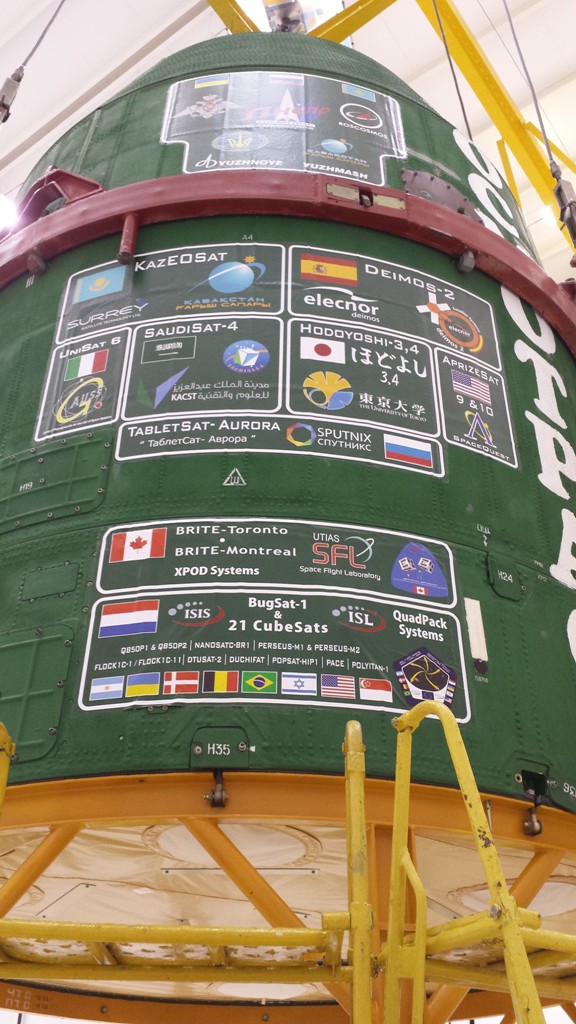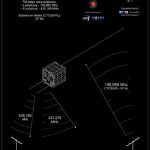 ARISS NEWS RELEASE no. 14-02
ARISS NEWS RELEASE no. 14-02
Tuesday, June 24, 2014
David Jordan, AA4KN – ARISS Public Relations
Current discussions between the ARISS team and NASA suggest the possibility of voice contacts with the International Space Station (ISS) during Saturday’s ARRL Field Day activities this coming weekend.
In a June 23 email, Kenneth Ransom, the ISS Ham Radio payload developer, stated “I have received a response from astronaut (Reid) Wiseman that he is willing to try and work some stations on Saturday. Pass times begin very soon after the start of Field day.” Wiseman would operate under the call sign, NA1SS. Should Alex Gerst participate, he would use the call sign, DP0ISS.
If voice operation does occur, It will likely take place from the Columbus (COL) module using the standard Region 2 uplink frequency of 144.49 MHz and 145.800 MHz for downlink. It’s expected that the packet system will be operational on 145.825 MHz during periods when the crew is not available.
It’s not clear whether any of the Russian crew would participate from the Russian module, but if so, they would be directed to use 437.550 MHz for any contacts using the call sign RS0ISS. The COL would also be available to their crew using the VHF frequencies above, if Wiseman is not operating.
Listed below are approximate pass times and a chart showing ISS passes for the Field Day weekend. The pass times shown are not definite, scheduled times with the crew. They may or may not be able to support these times. And, updates to this tentative plan will be released as they become available.
Saturday, June 28:

- N. America (18:11-18:33 UTC)
- Hawaii (19:36 – 19:47 UTC)
- N. America (19:48-20:10 UTC)


